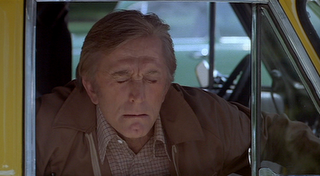COX'S META MOMENT
COUGAR TOWN ACTRESS REVISITS DANCING WITH SPRINGSTEEN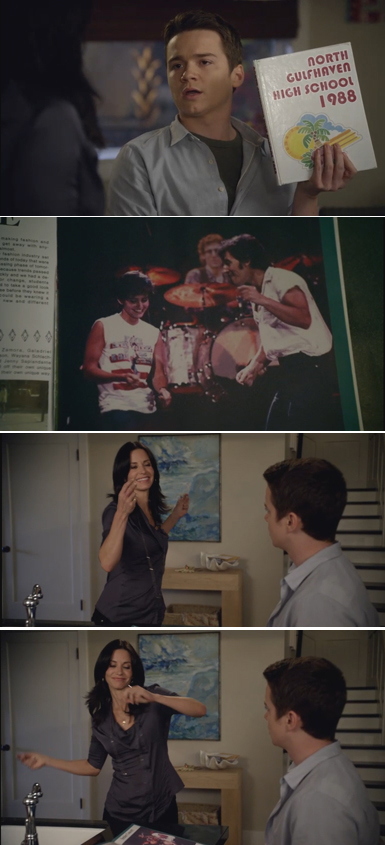
ABC's Wednesday night comedy block already paid homage to
Brian De Palma earlier this year when, on
an episode of Modern Family, a baby was calmed by watching
Scarface. Following that, a late-season episode of ABC's
Cougar Town, which stars
Courteney Cox, paid homage to the De Palma-directed
Bruce Springsteen video
Dancing In The Dark, which starred a then-unknown Courteney Cox. In an article about the possibility of Cox receiving an Emmy nod for her work on the show,
The Envelope's Glenn Whipp refers to this "meta moment," and quotes from Cox and the show's co-creator
Bill Lawrence:
"I think people think she's just a personality playing an extension of herself when, in fact, she's not like the people she's playing," Lawrence says. "Courteney is beautiful. It looks easy for her. She doesn't seem like an underdog. She doesn't get as much credit for working as hard as she has." That point hit home for Lawrence in the late-season "Cougar Town" episode when Jules' teen son flips through her old high school yearbook and comes across a picture of Mom onstage dancing with Bruce Springsteen. It's a meta moment, recalling the actual Brian De Palma-directed music video that had Cox, then 20, playing a fan pulled on stage to go dancing in the dark with the Boss.
"If people remember that young girl super-excited to get a part where she grabs Bruce Springsteen's hand and dances like an idiot, they'd see her in a different light," Lawrence says. "She has had to fight, just like everyone else."
Cox has a slightly different take, not about the fighting or the dancing "like an idiot" part, but about using the clip in the first place.
"I thought it was too wink-wink, but Bill convinced me to do it, and he was right," Cox says, laughing. "I fought it because I knew I'd have to watch the video again. I looked it up on YouTube right before we shot the scene. Can I just say one thing to get it out there? I'm a much better dancer now."
Below is a transcript of the scene from the episode called Breakdown, as pictured in this post:
Jules: Oh, you got your yearbook.
Travis: Besides my senior photo, there’s like one picture of me, and it’s with Mr. Goolsbey, the creepy woodshop teacher.
Jules: [laughs] Why do you have your hands on his breasts?
Travis: Because I was pretending to push him into the bandsaw, but they cropped that part out.
Jules: Bummer for you, dude. What happened to Mr. I-don’t-care-about-high-school?
Travis: What was I supposed to say? I didn’t make any mark at all.
Jules: The only thing that matters is that you got through it. It’s not like I made some big splash in high school.
Travis: Really!? Because I got your yearbook…
Jules: [nervous laughter] Well, we don’t need to look through that, I mean, I’m barely in it.
Travis: [opening book] Look—inside cover, you as the prom queen.
Jules: Yeah, I got 98% of the vote, but, you know, whatever. And it’s only one thing. It doesn’t mean I was super cool.
Travis: Is this you dancing on stage with Bruce Springsteen?
Jules: Yeah, that was super cool. [she starts dancing like they did in the video]
Travis: [disgusted] Stop it.
Jules: [still dancing] I’m sorry. [she turns and dances out of the room]
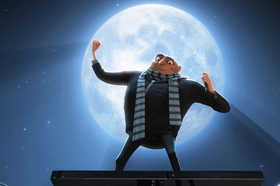 The new animated film Despicable Me, which opens in theaters today, apparently includes a nod to Brian De Palma's Mission: Impossible. According to Filmcritic.com's Sean O'Connell, "There's a memorable riff on Brian De Palma's Mission: Impossible that involves a dangling shrink ray and a killer shark." (Of course, the dangling scene in M:I itself is a riff on Jules Dassin's Topkapi, which itself riffed on Dassin's own Rififi). The Toronto Star's Jason Anderson writes in his review that Despicable Me includes "swift spoofs of Mission: Impossible and The Godfather."
The new animated film Despicable Me, which opens in theaters today, apparently includes a nod to Brian De Palma's Mission: Impossible. According to Filmcritic.com's Sean O'Connell, "There's a memorable riff on Brian De Palma's Mission: Impossible that involves a dangling shrink ray and a killer shark." (Of course, the dangling scene in M:I itself is a riff on Jules Dassin's Topkapi, which itself riffed on Dassin's own Rififi). The Toronto Star's Jason Anderson writes in his review that Despicable Me includes "swift spoofs of Mission: Impossible and The Godfather."

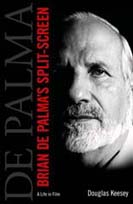
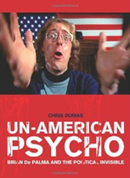

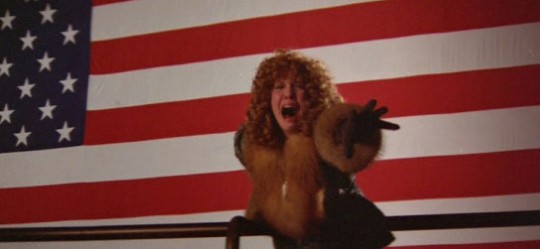
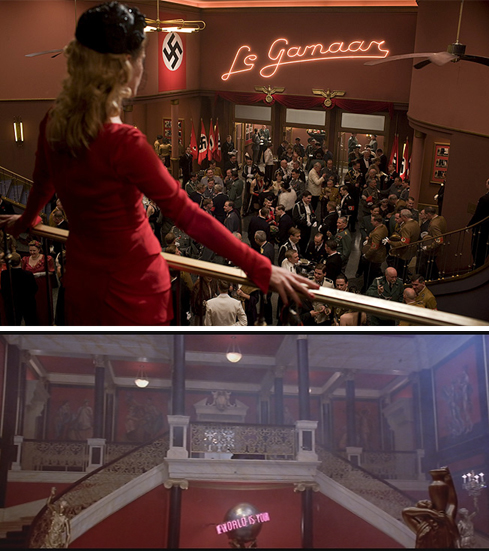
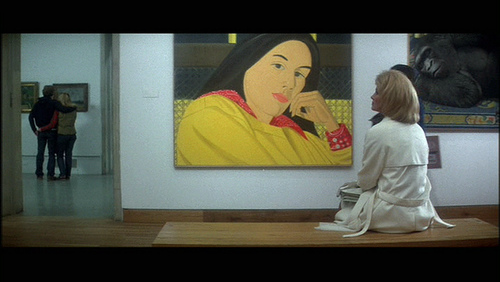 Next month marks 30 years since Brian De Palma's Dressed To Kill caused a sensation in theaters across America. As
Next month marks 30 years since Brian De Palma's Dressed To Kill caused a sensation in theaters across America. As 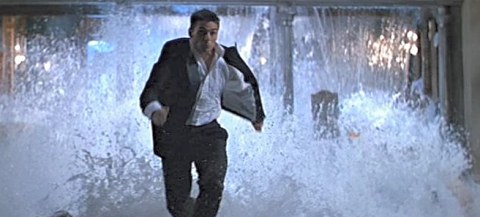
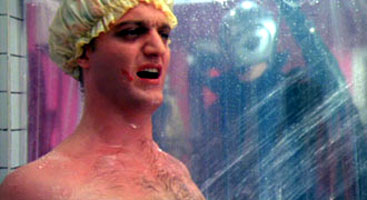 An upcoming dramatic feature film called Phantom Love will attempt to shed light on why the city of Winnipeg was so taken with Brian De Palma's Phantom Of The Paradise in 1975. Winnipeg filmmaker Paula Kelly has displayed a consistent interest in Winnipeg history in her films. According to
An upcoming dramatic feature film called Phantom Love will attempt to shed light on why the city of Winnipeg was so taken with Brian De Palma's Phantom Of The Paradise in 1975. Winnipeg filmmaker Paula Kelly has displayed a consistent interest in Winnipeg history in her films. According to 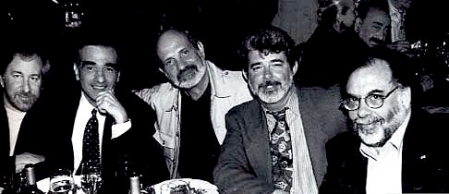
 ABC's Wednesday night comedy block already paid homage to Brian De Palma earlier this year when, on
ABC's Wednesday night comedy block already paid homage to Brian De Palma earlier this year when, on 